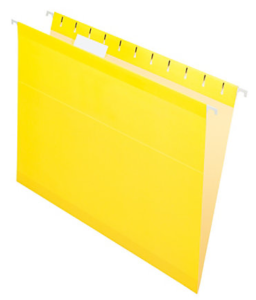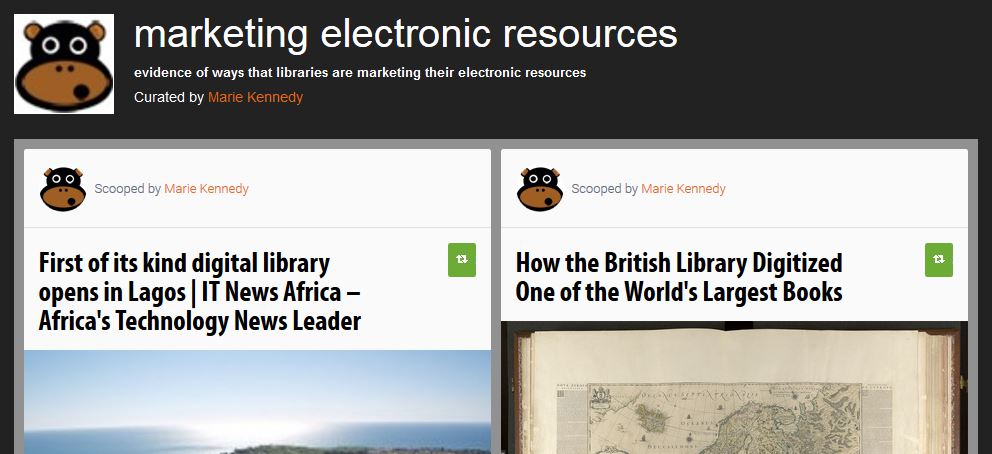I recently picked up Allison‘s journal article because I was excited to read about the completed research project of one of the IRDL Scholars. Her project used the mechanism of vignettes to solicit feedback from library patrons about the words they use to describe the services that libraries provide. I wanted to look at the vignettes she ended up using, as well as read through her entire research design. She’s a good writer and it was an easy read, but that’s not what I want to draw your attention to: it’s the transparency of her process.
As I was reading through, I was nodding along during the introduction and literature review, and then arrived at the section on research need. There she states, “To reach faculty who were too busy to schedule focus groups …” and that’s where I thought, “Uh oh, something’s gone wrong.” My guess is that her original intent was to conduct focus groups with faculty but had no luck scheduling them. I understand, everybody’s busy. She didn’t throw in the towel, however, she came up with an alternate plan that she details in this section. Excellent.
I kept reading and ended up in the sub-section of methods, about sampling procedures. Again, “Uh oh.” Here she states that, “it proved more challenging than anticipated to find common times when dividing the groups by student status, so the author decided to mix the statuses in favor of getting more students in each session.” Wow, that could have totally thrown a researcher off her game, but in the article she stated the problem and how she resolved it. Now I’m really impressed. I read on.
In the results section she notes variation in her desired size of the focus groups (“due to illness and no-shows”). Yep, real talk. In the discussion section she states, “At the outset of this project, the author had hoped that user-centered design could help determine the best terms to use across a variety of demographics and disciplines.” So yeah, her original intent didn’t pan out. She continues, “While these results may not provide that, they do serve as a useful guideline when considering how to market and name services.” Heck yes, they do. She comments throughout the discussion about the stated preferences of the focus groups (preference for specific terms rather than general), and how that can affect decision-making in the future. She rolled with it, and we’re all the better for it.
She concludes by saying that, “While the results do not reveal an exact glossary or menu of terms, they do indicate some words to avoid, highlight principles to employ when naming and marketing services, and serve as a guideline for improved advertising and outreach efforts.” That’s actionable. Thanks, Allison, for being transparent in this article about your research design and thought process throughout the project.
Benedetti, Allison. 2017. “Promoting Library Services with User-Centered Language.” portal: Libraries and the Academy. Volume 17, Number 2. 217-234.





